Long Bien Bridge is the first steel bridge across Red River in Hanoi. It was built by the French from 1899 to 1902 and named after the Governor General of Indochina Paul Doumer. Still, Hanoians often called it Long Bien or Cai river bridge. At present, the bridge is still tagged the plate engraved with the words “ 1899-1902- Daydé & Pillé – Paris”.
In September 1898, the Governor General of Indochina Paul Doumer organised a ground-breaking ceremony to construct a bridge across Me river. The bridge was formerly named Paul Doumer, but Hanoians have called it Long Bien bridge for a long time, and Long Bien becomes the most popular name of the bridge.
The bridge was constructed in the place where French ship had fired to O Quan Chuong and North Gate earlier. The bridge is 1.862 m long in total, including 19 steel trusses and rock flyovers. The railroad lies in the middle and the two other sides are for vehicles and pedestrians. The bridge was inaugurated in February 1902, connecting Hanoi with the port of Haiphong and setting up the first railway network running through Indochina. At that time, Long Bien was regarded as one of four biggest bridges in the world and the most notably in Far East.
Long Bien bridge is associated with history of sacred national resistance wars as well as the witness of the transformation of the country since 1975. It was considered as a part of Hanoi. Thus, it witnessed and attended every change of national stature happening in Hanoi. In 1945, many people in countryside went through the bridge to listen Uncle Ho read Declaration of Independence at Ba Dinh square. In October 1954, Hanoi was overwhelmed with flags and flowers on Capital Liberation Day. During the war against U.S.A, a lot of tanks and soldiers ran across the bridge to support the Southern army. Twenty-one years after capital liberation day, it continued to see the happiness on the smiling face of Hanoians on Liberation of the South Day.
It used to be the second longest bridge in the world and referred as Hanoi’s Eiffel Tower, the first longest was Brooklyn bridge which spanned American East River.
The river witnessed countless events of Vietnamese nation. Two most outstanding events in the 20th century are resistance war against French colonialists in 1954 and American war.
Since Chuong Duong and Thang Long bridges were built, Long Bien was served for cyclists and trains only. Every day, there are about tens of train trips running through the bridge. A lot of pedlars make use of space on the beach to sell goods.
Long Bien bridge is the only steel construction in the Asian Southeast. It is not only the memory of various Vietnamese generations but also the living relic for heroic history of Vietnam. The French repaired and expanded the bridge 3 times (before 1945) and planned to restore it (after 1975) as they used to do with Hanoi and Ho Chi Minh theaters.
Long Bien bridge is the symbol of longevity, beauty, historical values, and cultural heritage for Hanoi’s development in the future. Despite various changes of the city and country, the Long Bien’s symbol and values permanently exist. It is forever the pride of Hanoians in particular and Vietnamese people in general.
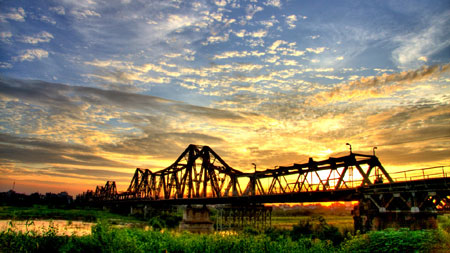
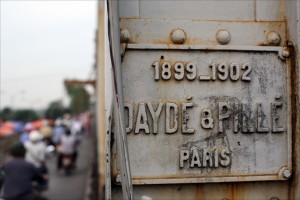
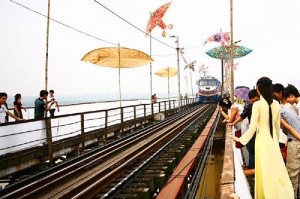
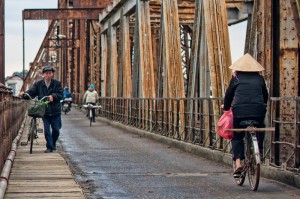
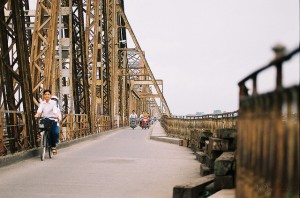
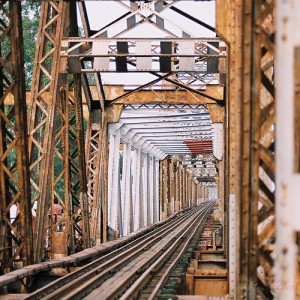
[…] day. Walk around the market, watching people busy trading and bargaining then welcome the dawn on Long Bien bridge would be an amazing […]